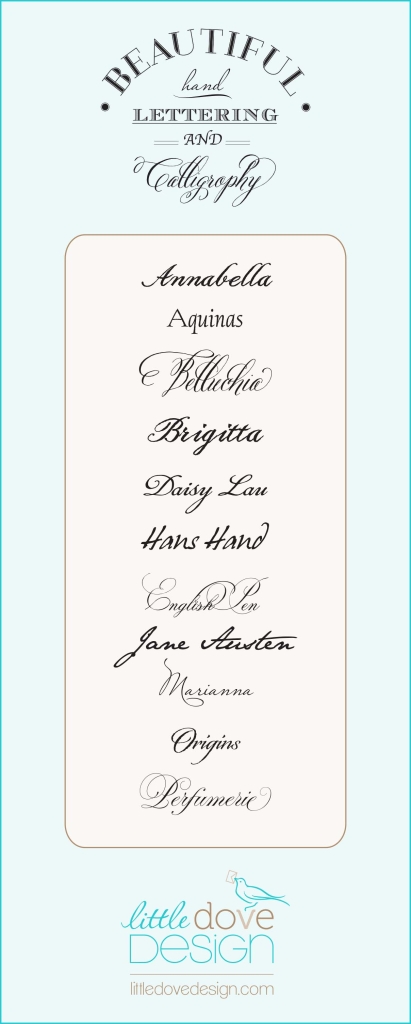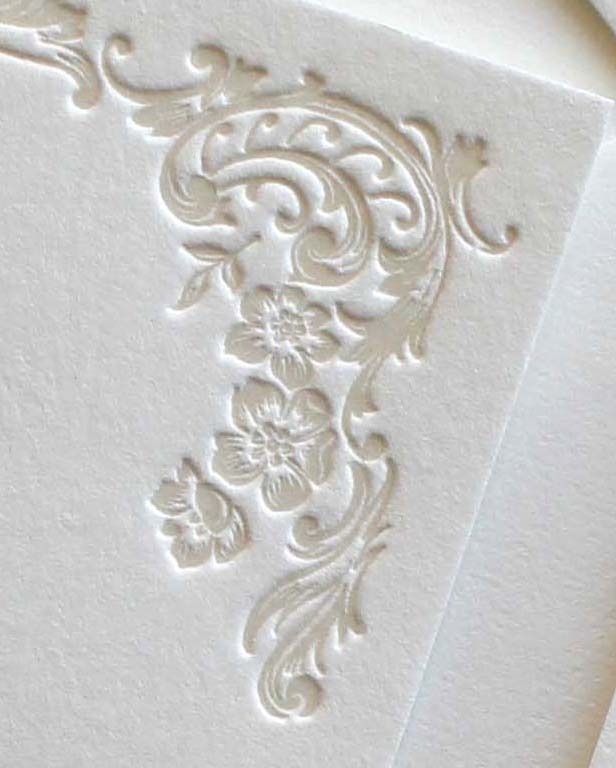With the growth of the printing press, there was a decline in hand written and illuminated manuscripts. However, a revival in beautifully, handwritten text became apparant again at the end of teh 19th century.
Edward Johnston, is the founder of modern calligraphy and was very much influenced by the Art and Crafts movement that was taking place at that time. He is thought to have single-handedly brought back the art of calligraphy through his books and teachings on the subject.
Johnston’s influence was particularly strong with his students who in turn established the The Society of Scribes and Illuminators in 1921. This organization is still active today and is the world’s foremost calligraphy society specializing in the promotion and development of the craft through exhibitions and lectures.
In certain cultures, calligraphy is as much adored and respected as paintings. It combines the formation of characters to show rhythm, proportion and creativity. Today, I can truly say Calligraphy is an art form.
There is a quote that I read that describes it as “Reading calligraphy is the closest you can get to hearing music with your eyes.”
Watch this wonderful video of artist Bernard Maisner at work to see what I mean.
With the rise of tech, it often seems that hand lettering and calligraphy may become a thing of the past. I know that in some schools they no longer practice “script” writing. Do you remember practicing on lined sheets on how to properly connect letters, all while adding your own bit of style and flair to it? I certainly do.
Adding a bit of Calligraphy to an already wonderful event just makes it that much more so. I thrill every time I see a special envelope arriving in my mail box. Because I know what is inside is exactly that “special!” I personally love the idea of everything hand crafted and truly appreciate the thought and time that goes into it all.
However, in this day and age, we can have the best of both. Therefore, I have compiled both a list of outstanding hand calligraphers, as well as some beautiful digital fonts mimicking the beautiful artistry of hand lettering. Invitation text and Envelope Return addresses can be designed with stunning hand lettering, calligraphy, serif and sans serif fonts or an interesting combination of both. If you truly love the idea of hand calligraphy, an artist can be commissioned to write certain words or phrases which can then be scanned, made print ready and incorporated into the design. Little Dove Design has also created invitations which incorporate a line in which the calligrapher can further personalize each invitation with the guest(s) name. See the photo above for a great example of this.
Here is a list of of my favorite digital calligraphy fonts, as well as some truly gifted hand calligraphers and their websites.
• Moya at http://mminkstudio.com. Her artistry is truly beautiful.
• Laura at Yellow House Calligraphy
• meant to be calligraphy has some lovely styles to choose from.
• Laura Hooper at http://lhcalligraphy.com offers a wide assortment of gift items featuring her beautiful calligraphy as well as calligraphy services.
• Grace Edmonds at graceedmands.com. She offers a styles with delicate swashes and embellishments.



